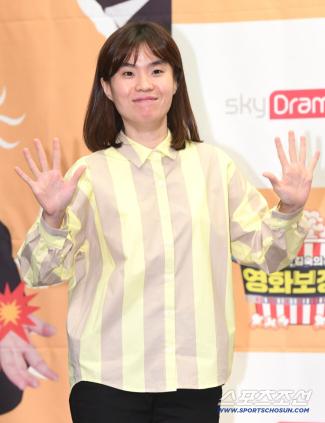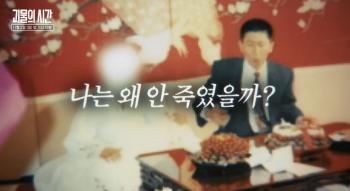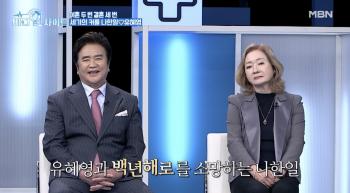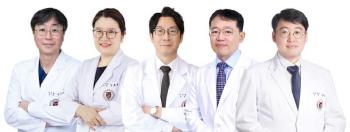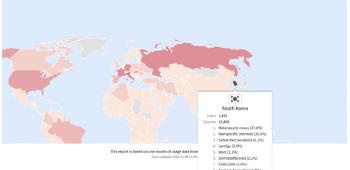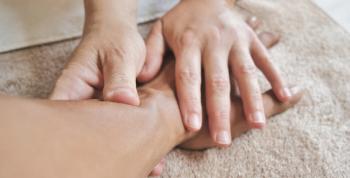What's the cause and cure for the miscarriage?Himchan Hospital's YouTube Suchan's Joint Talk Revealed
May 23, 2025
Himchan Hospital will focus on looking at the odd legs that are especially common in Koreans through the YouTube section.
In the first episode, which will be released on the 23rd, CEO Lee Soo-chan and Director Lee Dong-nyeong explain the medical standards, causes of occurrence, and treatments of Odari. Medically, the lower leg bone is tilted inward and the thigh bone is tilted outward, widening the gap between the knees. Orthopedic surgery refers to a case in which the leg alignment axis, which should pass through the center of the knee, is tilted inward and the weight is not properly distributed.
Odari is especially common among Koreans because of the lifestyle of Asians who live a lot of sedentary lives. When sitting down, a lot of load is placed on the inside of the knee, damaging and wearing the inner joint, which can be transformed into a right leg if left unattended. In fact, there is a study that classified the knee shapes of Koreans into nine categories, and regardless of the presence or absence of pain, the Oleg shape was found to be the most common.
All information about the miscarriage, including surgical treatment of the miscarriage, appropriate age of surgery, and methods for preventing the miscarriage, will be released sequentially in a series of five films. Since leg deformation continues if not treated, if the wrong leg is deformed to the point where it can be confirmed with the naked eye, the pain can become severe and the walking can be uncomfortable.
Lee Dong-nyeong, head of the Orthopedic Clinic at Himchan Hospital, said, `In the past, there were many cases of raising children on their back, but now, despite the fact that strollers are often used, genetic factors as well as living conditions seem to have an effect,' he said. `In particular, if the deformed wrong leg is left unattended, it can lead to arthritis, so treatment is needed.'
In the first episode, which will be released on the 23rd, CEO Lee Soo-chan and Director Lee Dong-nyeong explain the medical standards, causes of occurrence, and treatments of Odari. Medically, the lower leg bone is tilted inward and the thigh bone is tilted outward, widening the gap between the knees. Orthopedic surgery refers to a case in which the leg alignment axis, which should pass through the center of the knee, is tilted inward and the weight is not properly distributed.
Odari is especially common among Koreans because of the lifestyle of Asians who live a lot of sedentary lives. When sitting down, a lot of load is placed on the inside of the knee, damaging and wearing the inner joint, which can be transformed into a right leg if left unattended. In fact, there is a study that classified the knee shapes of Koreans into nine categories, and regardless of the presence or absence of pain, the Oleg shape was found to be the most common.
All information about the miscarriage, including surgical treatment of the miscarriage, appropriate age of surgery, and methods for preventing the miscarriage, will be released sequentially in a series of five films. Since leg deformation continues if not treated, if the wrong leg is deformed to the point where it can be confirmed with the naked eye, the pain can become severe and the walking can be uncomfortable.
Lee Dong-nyeong, head of the Orthopedic Clinic at Himchan Hospital, said, `In the past, there were many cases of raising children on their back, but now, despite the fact that strollers are often used, genetic factors as well as living conditions seem to have an effect,' he said. `In particular, if the deformed wrong leg is left unattended, it can lead to arthritis, so treatment is needed.'
|
This article was translated by Naver AI translator.


